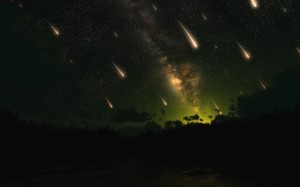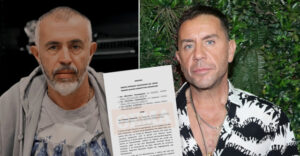The Leonids meteor shower, visible in the northern hemisphere, will peak on Monday and Tuesday. The Leonids shower is considered among the most spectacular celestial rain showers that occur when the Earth passes through the debris left by the comet Tempel-Tuttle. It is named after the constellation of Leo from where the meteors seem to emerge.
This year, observers will be able to enjoy the shooting stars due to a dark sky as a result of the crescent moon.
The Leonids offer approximately 15-40 shooting meteors per hour with a periodical peak being reached once every 33 years with hundreds of meteors per hour.
Ask me anything
Explore related questions





